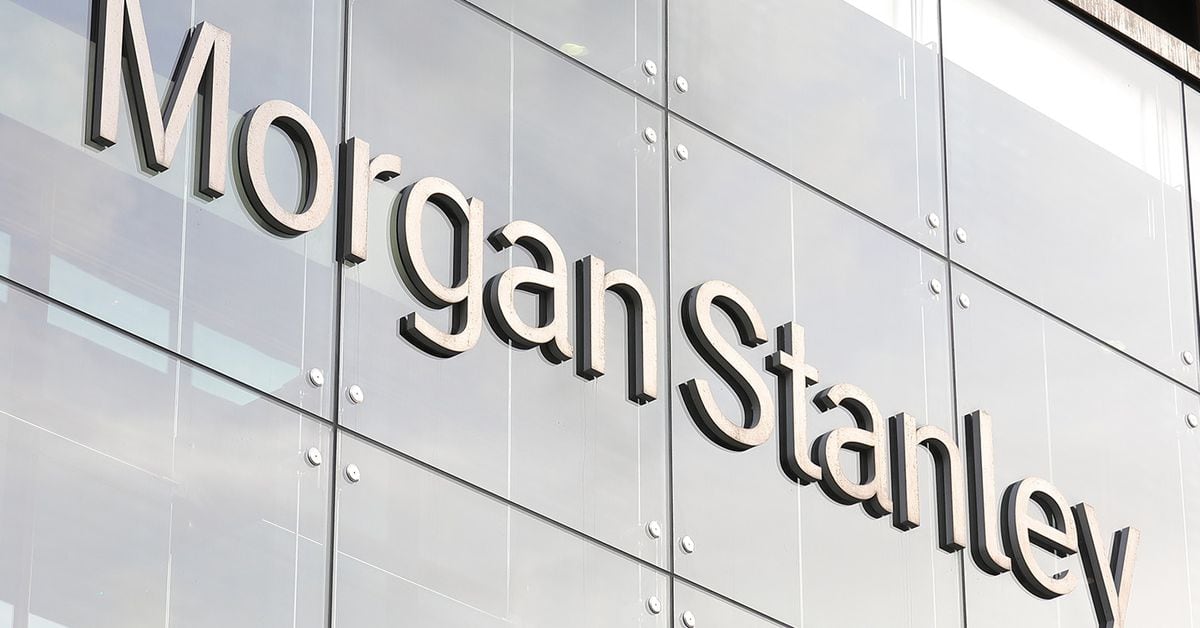“Trading in index options, specifically close to expiry, then starts to resemble a slot machine in a casino with individuals putting coins into the machine hoping to hit the jackpot. It would be unfair to compare all of equity F&O with a casino and lose sight of its utility in capital formation. That’s not what we are saying. We are talking only about the specific portions of trading closer to expiry,” Narayan said at a FICCI event.
He said the frenzy around trading on options expiry day also raises questions of market stability and possible vulnerability to manipulation. “Market open interest (OI) rises during the last hour of expiry amidst very low options premium being dealt with. If there were to be an unforeseen black swan event minutes before expiry, the resultant impact on the overall market ecosystem can be substantial,” Narayan warned.
Earlier in the week, Sebi released a study which showed that 92.5 lakh F&O traders, including individuals and proprietorship firms, lost Rs 51,689 crore while trading in index derivatives segment of NSE in FY24. The data further shows that out of the 92.5 lakh traders, 85% of them or 78.28 lakh made losses.
The loss is equivalent to over 32% of net inflows into the growth and equity oriented schemes of all mutual funds during FY24. It is also over 25% of the average annual inflows into all mutual funds across all schemes over the past five years, Sebi said.The regulator has released a consultation paper suggesting a series of seven steps to regulate F&O.“We will continue to monitor activity in the F&O markets and consider fresh steps as necessary,” the Sebi member said, adding that the regulator is conscious of not throwing the baby out with the bathwater.













